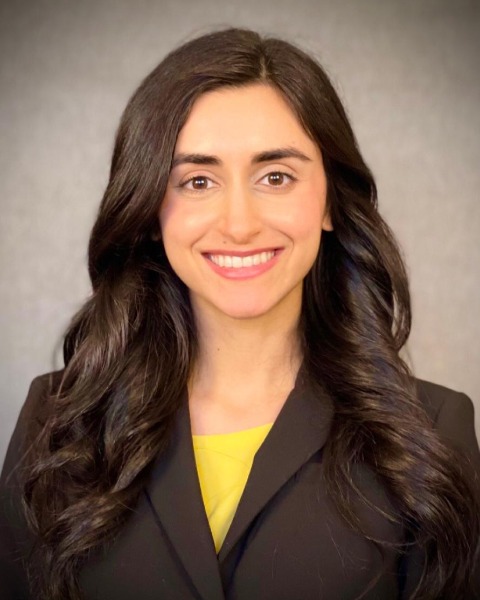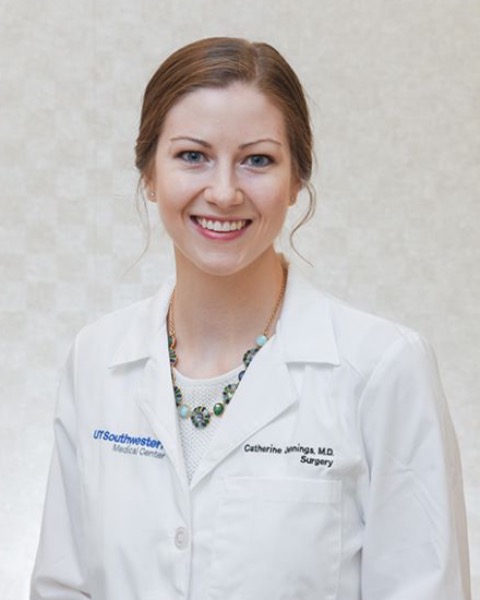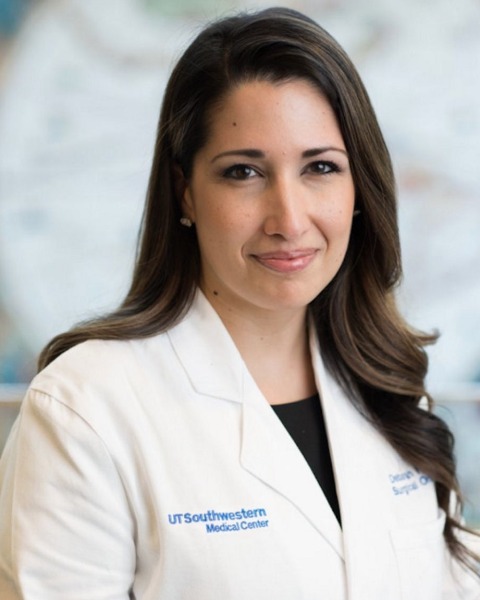Disparities in Surgical Oncologic Care
31: Gender Differences Amongst Leaders in Surgical Oncology

Fedra Fallahian, MD
Breast Surgical Oncology Fellow
University of Texas Southwestern, United States
Fedra Fallahian, MD
Breast Surgical Oncology Fellow
University of Texas Southwestern, United States
Fedra Fallahian, MD
Breast Surgical Oncology Fellow
University of Texas Southwestern, United States
Catherine Jennings, MD
Breast Fellow
UT Southwestern
Dallas, Texas, United States- RW
Rachel Wooldridge, MD
Breast Surgical Oncologist
UT Southwestern, United States - AF
Anthony Froix, MD
Breast Surgical Oncologist
UT Ssouthwestern, United States - SS
Stephanie Serres, MD, PhD
Breast Surgical Oncologist
UT Southwestern, United States 
Deborah E. Farr, MD
Breast Surgical Oncologist
UT Southwestern
Dallas, Texas, United States- AN
Anvy Nguyen, MD
Breast Surgical Oncologist
UT Southwestern, United States - SZ
Shruti Zaveri, MD
Breast Surgical Oncologist
UT Southwestern, United States - ML
Marilyn Leitch, MD
Breast Surgical Oncologist
UT Southwestern, United States
Abstract Presenter(s)
Submitter(s)
Author(s)
Methods: Surgical oncology programs were selected based on the National Institutes of Health (NIH) fifty top-funded institutions. Cancer centers that have a complex general surgical oncology fellowship programs were also included. Programs not within the United States were excluded. Information regarding education and training of division chiefs was obtained from online profiles found on hospital and university webpages.
Results:
A total of 68 surgical oncology programs were identified. The majority of division chiefs were full professors (55/68, 81%), while 13 were associate professors (19%). Twenty chiefs held additional graduate degrees, most commonly Master’s in Clinical Research (8/68, 12%), followed by PhD (5/68, 7%) and Master’s in Public Health (5/68, 7%). Eight chiefs (12%) completed medical school outside of the US. The median years since completion of fellowship training for chiefs of surgical oncology divisions was 16. Twenty-four division chiefs (35%) underwent complex general surgical oncology fellowship training at Memorial Sloan Kettering while 14 (21%) trained at MD Anderson.
Of the 68 surgical oncology division chiefs, 8 (12%) were women. Amongst these 8, 4 were associate professors and 4 were full professors. Five (63%) held an additional graduate degree. All but one completed medical school within the US. The median years since completion of training was 13. Amongst the top fifty NIH-funded surgical oncology programs, only 4 (8%) had women division chiefs.
The remaining 60 surgical oncology division chiefs were men (88%). Amongst these 60, the majority were full professors (51, 85%). Fifteen (25%) held an additional graduate degree. The median years since completion of training was 18. Amongst the top fifty NIH-funded surgical oncology programs, 46 (92%) were led by men.
Women chiefs were more likely than men to hold an additional graduate degree (p=0.045), while men were more likely to be full professors (p=0.022).
Conclusions:
There is a paucity of gender diversity amongst leadership in surgical oncology divisions, particularly in institutions that receive the most funding from the NIH. The lack of female role models and mentorship in surgical oncology may contribute to fewer female residents pursuing surgical oncology fellowship training.
Learning Objectives:
- Upon completion, participants will be able to describe gender differences amongst leaders in surgical oncology.
- Upon completion, participants will be able to compare years since completion of fellowship training between male and female surgical oncology division chiefs.
- Upon completion, participants will be able to tabulate the proportion of surgical oncology division chiefs who have obtained additional graduate degrees.
